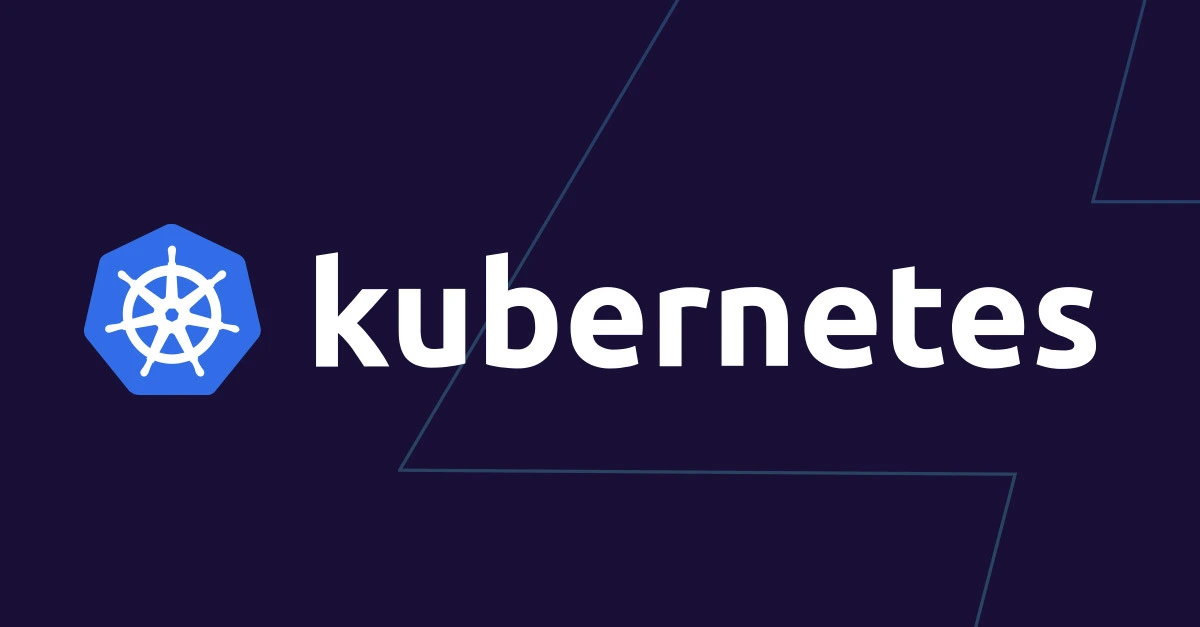Application modernization is more than a buzzword—it's a necessity. Kubernetes has become the de facto standard for orchestrating containers in production. But why should your business consider migrating existing applications to a Kubernetes cluster?
In this article, we explore the strategic benefits, operational efficiencies, and real-world outcomes that come from making the move to Kubernetes.
Achieve Elastic Scalability
Kubernetes is built for scale. It enables your application to respond to real-time demand without manual intervention.
- Automatically scale pods up or down based on load
- Distribute workloads efficiently across your infrastructure
- Avoid overprovisioning and optimize costs
Ensure Zero Downtime Deployments
Rolling updates, blue/green deployments, and canary releases—all natively supported by Kubernetes—allow you to deploy changes safely and continuously.
- Push updates without interrupting services
- Rollback instantly if something goes wrong
- Improve deployment frequency and confidence
Increase Portability and Hybrid Cloud Readiness
Whether you’re on AWS, Azure, GCP, or your own datacenter, Kubernetes abstracts away the infrastructure and enables true application portability.
- Standardize your environment across clouds and regions
- Future-proof your workloads with vendor-neutral deployments
- Enable hybrid or edge strategies more easily
Enhance Security and Isolation
Kubernetes allows you to segment, secure, and control your application architecture using namespaces, RBAC, and network policies.
- Enforce least privilege with service accounts
- Isolate tenants or environments cleanly
- Use secrets and config maps for safe configuration handling
Streamline Operations with DevOps Best Practices
Declarative configuration, CI/CD integration, and observability tooling make Kubernetes a natural fit for DevOps workflows.
- Define infrastructure and app behavior in YAML
- Automate builds, tests, and deployments with pipelines
- Use Prometheus, Grafana, and Loki for monitoring/logging
Optimize Developer Productivity
Teams can develop and test in environments that closely mirror production, reducing friction and speeding up feedback loops.
- Local development tools like Minikube and Kind
- Containerized builds simplify onboarding
- Standardized deployment paths across teams
When Is the Right Time to Migrate?
Kubernetes migration is ideal when you're facing:
- High operational complexity with legacy stacks
- Scaling challenges with monolithic architectures
- Cloud adoption or hybrid infrastructure needs
Even starting with a single microservice can set the foundation for broader adoption.
Final Thoughts
Kubernetes isn't a silver bullet, but it is a powerful platform for building scalable, resilient, and future-ready applications. Migrating your apps can unlock new agility and efficiency—if done with care.






